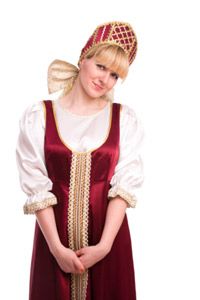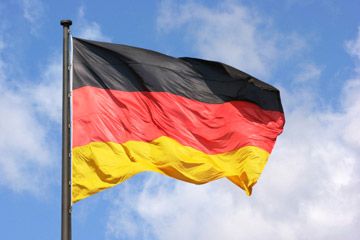Separating Russia's history -- a rich and deeply ideological one that includes more than a millennium of rule at the hands of the czars, the rise and fall of the Soviet Union, and the Cold War -- from the traditions and customs of its people is no simple task. Russians, as a culture, an empire and a country, have been shaped by religion, conflict, war and peace since the 16th century [source: Hosking].
To much of the world, Russia represents the crown jewel of the former Soviet Union, the world's first recognized socialist state and superpower [source: Pugh]. Beginning in 1917 when revolutionary Vladimir Lenin executed what would become the largest imperial expansion ever, the Soviet Union and its Iron-Curtain image overshadowed Russia as a culture. But since the Soviet Union's dissolution in 1991, Russia has reemerged [source: Hosking]. And outside of the shadow cast by nearly a century of this ruthless legacy, the culture is blossoming as the country rebuilds its national identity.
Advertisement
Like the United States, Russia is a melting pot, originally settled by groups from northern Europe and Asia who had to tame vast wilderness isolated from the rest of the world [source: Longworth]. And just like the original colonies settled in the New World, these first Russian outposts helped instill in the people a strong sense of community, self-reliance and fierce patriotism. Maybe it should come as no surprise then that these two nations would eventually grow into the bookend superpowers that they became.
In this article, we'll explore some Russian traditions and discuss the unique geopolitical, environmental, and cultural influences that shaped these practices. So disregard the images you may have of the hammer and sickle, the Red Army or Russian Bears and read on to discover how Russian traditions work, where they came from and the role they are playing in helping a nation rebuild its national identity.
Advertisement




